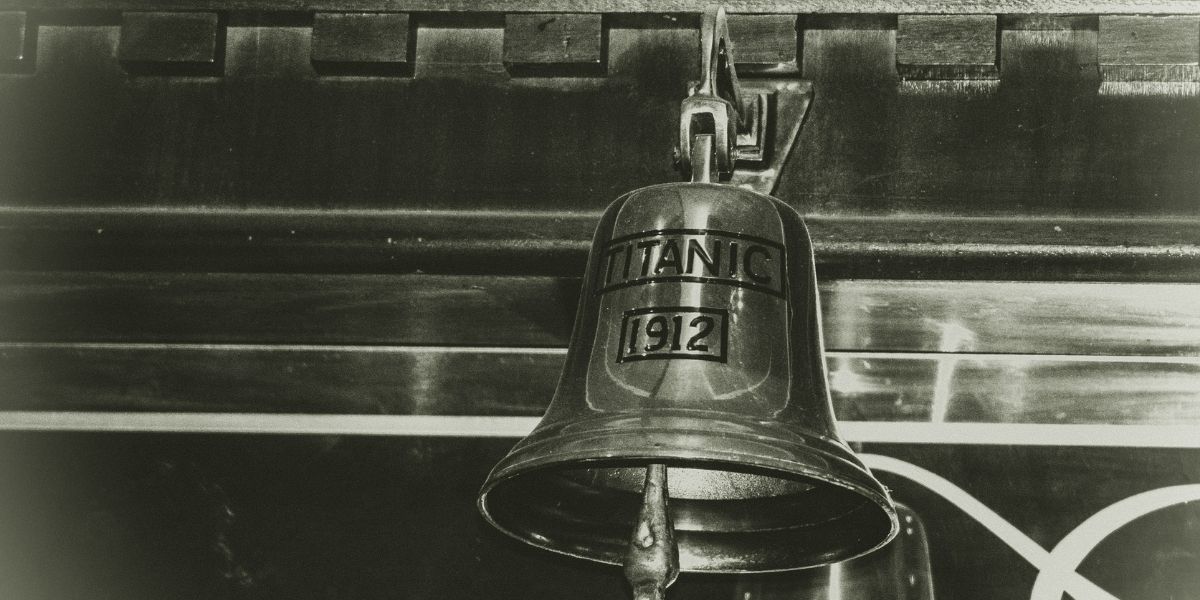The United States spans across multiple time zones, which can often be confusing, especially when coordinating events, travel, or communications across the country. This pillar explores the concept of U.S. time zones, explaining how they were established, the different time zones within the country, and their impact on daily life, business, and travel. Understanding U.S. time zones is essential for everything from planning meetings to navigating flights, and this guide will provide a detailed overview.
Read Also: Understanding Traffic Honking in Bustling Urban Areas
The History and Establishment of U.S. Time Zones
The concept of standardized time zones in the U.S. was first introduced in the late 19th century to address the increasing need for scheduling and coordination across the expanding nation. Prior to this, time was determined locally, with each town or city operating on its own time. This system became increasingly impractical as railroads expanded and communication systems improved.
The Role of the Railroads
The establishment of time zones was largely driven by the railroad industry. Prior to time zones, there were hundreds of different local times, which made scheduling train arrivals and departures challenging. In 1883, the United States Railway Association divided the country into four standard time zones to simplify the scheduling of trains. These time zones were based on the position of the sun and the need to create uniformity across the nation. This system was further solidified with the passage of the Standard Time Act of 1918, which officially established the time zones and the Daylight Saving Time schedule.
The Four Main U.S. Time Zones
The U.S. is divided into four main time zones that correspond to different geographic regions. Each of these time zones has a standard time, and some regions observe Daylight Saving Time (DST), which shifts the time by one hour during the summer months.
Eastern Standard Time (EST) and Eastern Daylight Time (EDT)
-
Time Zone: UTC -5 hours (Standard Time), UTC -4 hours (Daylight Saving Time)
-
Region: This time zone is used in the Northeastern U.S., including cities like New York, Washington, D.C., and Atlanta.
-
Notable Cities: New York City, Philadelphia, Miami, and Boston.
Eastern Time is the most populous time zone in the U.S. and is home to major financial hubs like New York City. It is also the time zone for Washington, D.C., the capital of the United States, where many government functions occur.
Central Standard Time (CST) and Central Daylight Time (CDT)
-
Time Zone: UTC -6 hours (Standard Time), UTC -5 hours (Daylight Saving Time)
-
Region: Central Time spans the Midwest, South, and parts of Canada.
-
Notable Cities: Chicago, Houston, Dallas, and Mexico City (in parts of Mexico).
The Central Time Zone is home to several major cities, including Chicago, a key hub for industry and commerce. It is a transition zone between the east and west coasts of the U.S., which makes it an important part of the country’s commercial infrastructure.
Mountain Standard Time (MST) and Mountain Daylight Time (MDT)
-
Time Zone: UTC -7 hours (Standard Time), UTC -6 hours (Daylight Saving Time)
-
Region: This time zone covers the Western U.S., including parts of Colorado, Arizona, New Mexico, and Utah.
-
Notable Cities: Denver, Phoenix, and Salt Lake City.
The Mountain Time Zone includes areas known for their natural beauty, such as the Rocky Mountains. Phoenix, Arizona, is unique because it does not observe Daylight Saving Time, meaning it stays on Mountain Standard Time year-round.
Pacific Standard Time (PST) and Pacific Daylight Time (PDT)
-
Time Zone: UTC -8 hours (Standard Time), UTC -7 hours (Daylight Saving Time)
-
Region: The West Coast of the U.S., including cities like Los Angeles, San Francisco, and Seattle.
-
Notable Cities: Los Angeles, San Francisco, Seattle, and Portland.
Pacific Time is known for its tech and entertainment industries, especially in Silicon Valley and Hollywood. It’s one of the most significant time zones in terms of global influence, especially for the entertainment industry, tech startups, and global trade.
Understanding Daylight Saving Time (DST)
Daylight Saving Time (DST) is a practice used in many parts of the world, including the U.S., where the clocks are set forward by one hour in the spring and set back by one hour in the fall. The main purpose of DST is to make better use of daylight during the longer days of spring and summer. This practice begins on the second Sunday of March, when clocks are moved forward by one hour, and ends on the first Sunday of November, when clocks are moved back to standard time.
Regions That Do Not Observe DST
Some areas in the U.S. do not follow DST, most notably the state of Arizona (except for the Navajo Nation) and the state of Hawaii. These areas remain on Standard Time year-round due to geographical and cultural reasons.
How Time Zones Affect Daily Life
The existence of multiple time zones within the U.S. can impact several aspects of daily life, including work schedules, business meetings, and travel. Here’s how time zones influence different areas:
Business and Work Schedules
For businesses operating across time zones, coordinating meetings or deadlines can be challenging. Many companies use time conversion tools to ensure that teams working in different regions can collaborate effectively. Businesses with a national or global reach must account for time differences when planning international calls, webcasts, or events.
Travel and Flight Schedules
Time zones play an essential role in airline schedules. When traveling across the U.S., passengers may experience jet lag as they adjust to new time zones. It’s important for travelers to check the time differences between departure and arrival cities to ensure timely arrivals for flights, connecting flights, and local events.
Technology and Time Zone Settings
With the rise of technology, many devices, such as smartphones, computers, and smartwatches, automatically adjust to time zones. Most digital calendars and apps are designed to handle time zone shifts seamlessly, helping users stay organized, regardless of time zone differences.
Why Time Zones Matter
Understanding U.S. time zones is essential for several reasons:
-
Business Operations: Accurate time coordination ensures smooth functioning, especially in industries with offices in multiple locations.
-
International Communication: When connecting with international clients or partners, knowing the time difference helps ensure the success of meetings and calls.
-
Travel Planning: For travelers, understanding time zones helps avoid confusion about flight schedules, hotel check-ins, and other timing-related matters.
-
Social and Cultural Impact: In a country as large as the U.S., time zones reflect the diverse cultural and geographical areas that shape the nation.
Read Also: Exploring the Diverse Landscapes and Enduring Spirit of the Northern USA
U.S. time zones play a fundamental role in daily life, from managing work schedules to ensuring smooth travel experiences. Whether you’re coordinating a business call with colleagues across the country or planning a vacation, understanding the nuances of each time zone and the impact of Daylight Saving Time can make all the difference. With this guide, you’ll have a clear understanding of how U.S. time zones work and why they matter in today’s interconnected world.








